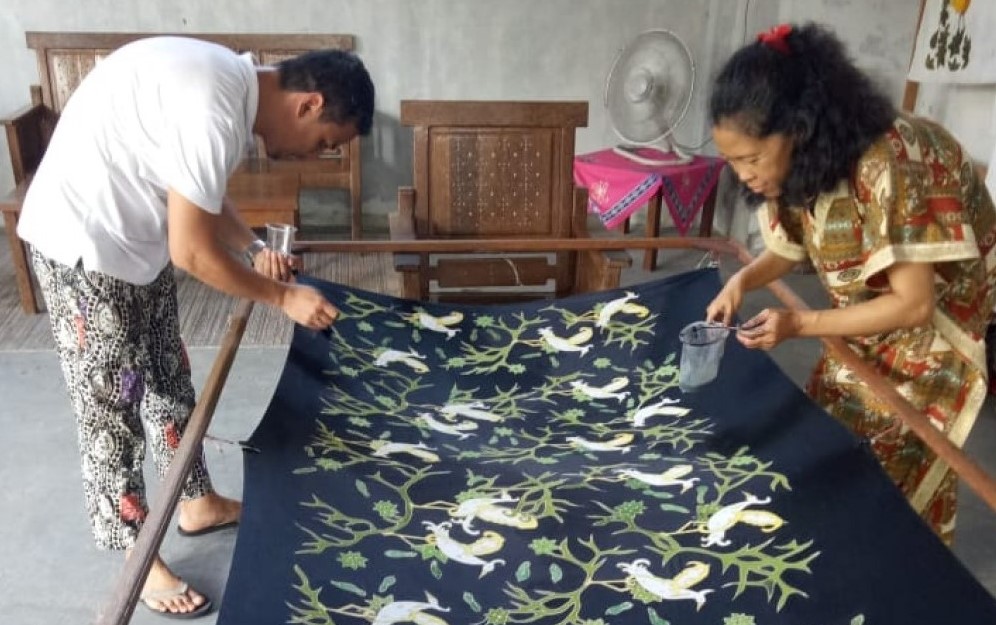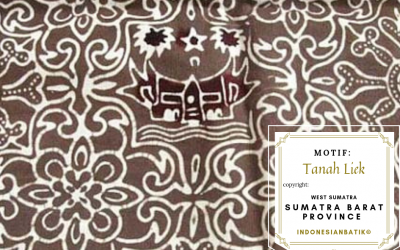Home / Indonesian Batik – Motifs Classifications – Batik of Agrarian Society / Tengkawang Ampiek
Tengkawang Ampiek
Meanings:
This motif represents wood carving, which is called “ampiek” in Kutai language. “Tengkawang” is the Borneo tallow, a species of red meranti (Dipterocarpaceae). This plant has many health benefits and is usually used as food ingredients, cosmetics, and medicine. Due to its many advantages, the Dayaks use this leaf in ritual ceremonies. This plant is a symbol of the fertility and goodness of the universe, which is the most important aspect for the Dayak.
Note: All contents and batik images are protected by Indonesian cultural property law. This documentation is intended for educational purposes and to facilitate the preservation of Batik UNESCO’s intangible cultural heritage 2009. Any use of published materials is allowed only with reference to this website as the original source of publication.
How to preserve Batik
Philosophical Meanings of Batik
Learn and identify the meaning of the motifs from each region. Are you searching for a meaningful gift for your loved ones? Surprise them with a merry little Batik!
Authentic Batik
Buy the authentic handwritten Batik textiles to add to your prestigious collection. Such support will enhance the well-being of Batik artisans and preserve the living heritage.
Batik Community
If you want to meet the Batik artisans, we encourage you to visit and support Batik workshops in Indonesia. You may discover the local tourism that suits your preference!
UNESCO Intangible Cultural Heritage of Humanity in 2009
Batik Production Process in East Kalimantan
Batik production can take 1 month up to 2 years of working time depending on the purposes of the textile creation and the colour complexity. The Batik handwriting textile is generally made with 8 design steps, ranging from wax patterning to colouring process. The artists use Canting, as a tool to put hot melted wax on the cloth.
Batik Regions

Overview of East Kalimantan Province
The East Kalimantan region has good topographic characteristics that make it safe from disaster risks, such as catastrophic floods, earthquakes, tsunamis, forest fires, and landslides. Thanks to these advantageous factors, some regions in East Kalimantan, namely Penajam Paser Utara and Kutai Kartanegara, are designated as the new Indonesian Capital City after Jakarta in 2025.

Batik Villages in East Kalimantan Province
Batik villages are the region where the Batik producers mostly reside and open their Batik workshops, as well as display their Batik products. You could buy the Batik textiles from the artisans and participate in the making process of Batik on the site.
Other Agrarian Motifs
Gajah Way Kambas
The motif illustrates the Lampung’s natural reserve that serves as
Tanah Liek
Tanah Liek batik is also known as clay batik, which is a typical batik fabric originating from
Tongkonan
The Toraja people believe that when a person set foot outside his




